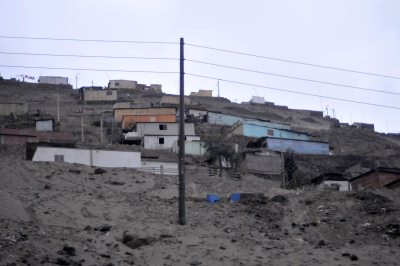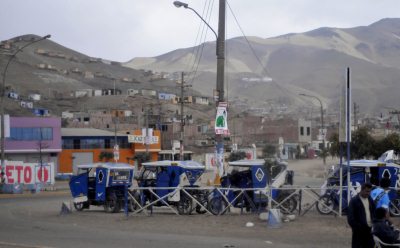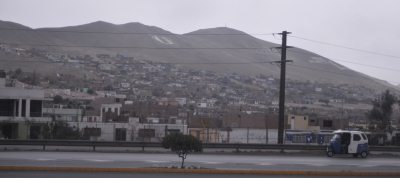Lima to Huaraz

|
The Bus Journey from Lima to
Huaraz
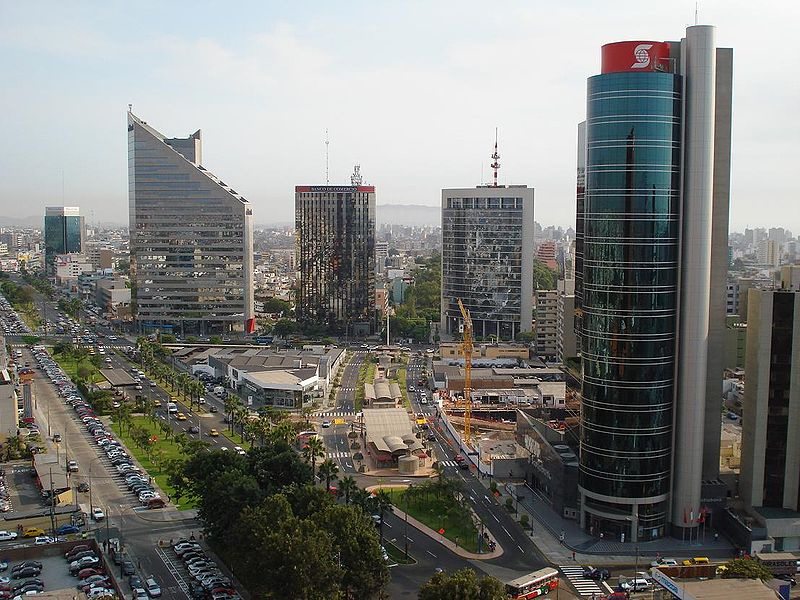 We got on the bus at one, leaving the amazing modern part of the city behind. Once again as soon as we moved off from the bus station lunch was served, chicken and rice, jelly and water or Coke. Lima is the capital and largest city of Peru. It is located in the valleys of the Chillon, Rimac and Lurin rivers, in the central part of the country, on a desert coast overlooking the Pacific Ocean. Together with the seaport of Callao, it forms a contiguous urban area known as the Lima Metropolitan Area. With a population fast approaching nine million, Lima is the fifth largest city in Latin America, behind Mexico City, Sao Paulo, Buenos Aires and Rio de Janeiro. Lima is home to one of the largest financial centres in Latin America. It has been defined as a beta world city by GaWC international rankings.
 
In the pre-Columbian era, the location of what is now the city of Lima was inhabited by several Amerindian groups under the Ychsma polity, which was incorporated into the Inca Empire in the 15th century. In 1532, a group of Spanish conquistadors led by Francisco Pizarro defeated the Inca ruler Atahualpa and took over his Empire. As the Spanish Crown had named Pizarro governor of the lands he conquered, he chose the Rimac valley to found his capital on January 18, 1535 as Ciudad de los Reyes (City of the Kings). In August 1536, the new city was besieged by the troops of Manco Inca, however, the Spaniards and their native allies defeated the Inca rebels.
  Over the next few years, Lima gained prestige as it was designated capital of the Viceroyalty of Peru and site of a Real Audiencia in 1543. During the next century Lima flourished as the center of an extensive trade network which integrated the Viceroyalty with the Americas, Europe and the Far East. However, the city was not free from dangers; powerful earthquakes destroyed most of the city in 1687. A second threat was the presence of pirates and privateers in the Pacific Ocean, which led to the building of the Lima City Walls between 1684 and 1687. The 1687 earthquake marked a turning point in the history of Lima as it coincided with a recession in trade and economic competition by other cities such as Buenos Aires.
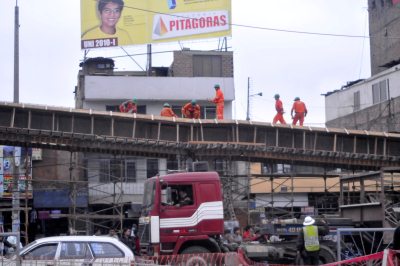 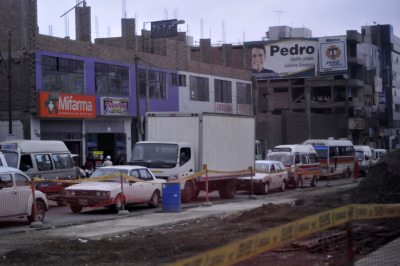
In 1746, a powerful earthquake severely damaged Lima and destroyed Callao, forcing a massive rebuilding effort under Viceroy José Antonio Manso de Velasco. In the latter half of the 18th century, the ideas of the Enlightenment on public health and social control shaped the development of the city. During this period, Lima was adversely affected by the Bourbon Reforms as it lost its monopoly on overseas trade and its control over the important mining region of Upper Peru. This economic decline made the city's elite dependent on royal and ecclesiastical appointment and thus, reluctant to advocate independence.
 A combined expedition of Argentine and Chilean patriots under General José de San Martín managed to land south of Lima in 1820 but did not attack the city. Faced with a naval blockade and the action of guerrillas on land, Viceroy Jose de la Serna was forced to evacuate the city on July 1821 to save the Royalist army. Fearing a popular uprising and lacking any means to impose order, the city council invited San Martin to enter Lima and signed a Declaration of Independence at his request. However, the war was not over; in the next two years the city changed hands several times and suffered exactions from both sides.
 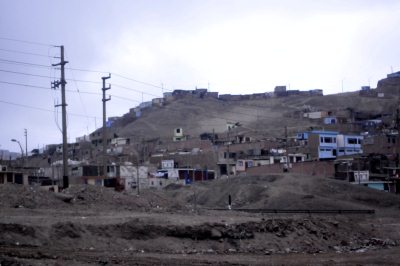
After the war of independence, Lima became the capital of the Republic of Peru but economic stagnation and political turmoil brought urban development to a halt. This hiatus ended in the 1850’s, when increased public and private revenues from guano exports led to a rapid expansion of the city. The export-led economic expansion also widened the gap between rich and poor, fostering social unrest. During the 1879 - 1883 War of the Pacific, Chilean troops occupied Lima, looting public museums, libraries and educational institutions. At the same time, angry mobs attacked wealthy citizens and the Asian population; sacking their properties and businesses. After the war, the city underwent a process of renewal and expansion from the 1890’s up to the 1920’s. During this period, the urban layout was modified by the construction of big avenues that crisscrossed the city and connected it with neighboring towns.
 
In 1940, an earthquake destroyed most of the city, which at that time was mostly built out of adobe and quincha. In the 1940’s, Lima started a period of rapid growth spurred by migration from the Andean regions of Peru, as rural people sought better opportunities for work and education. The population, estimated at six hundred thousand in 1940, reached one point nine million by 1960 and four point eight million by 1980. At the start of this period, the urban area was confined to a triangular area bounded by the city's historic centre, Callao and Chorrillos; in the following decades settlements spread to the north, beyond the Rimac River, to the east, along the Central Highway, and to the south. The new migrants, at first confined to slums in downtown Lima, led this expansion through large-scale land invasions, which evolved into shanty towns, known as pueblos jovenes. Today, around one-third of the Peruvian population lives in the metropolitan area. The population is around nine million.
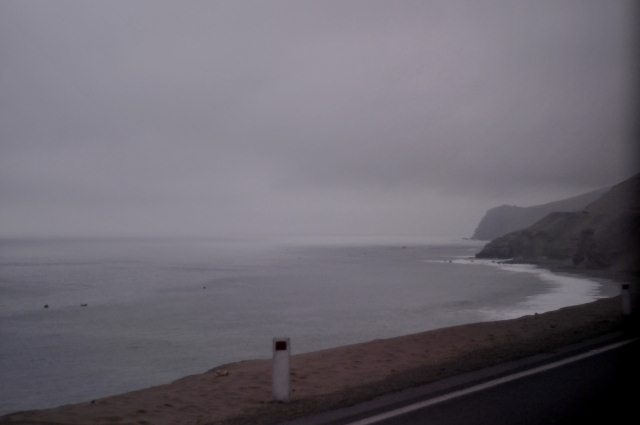
The bleak looking Pacific coast part of our journey was not aided by the on board Bollywood movie
The incredible, vast sand dunes disappeared as dusk fell for the deserted high mountains
Huaraz in the early morning light, next
morning
ALL IN ALL PLEASED TO BE IN HUARAZ AFTER A LONG DAY
ON THE
ROAD |
